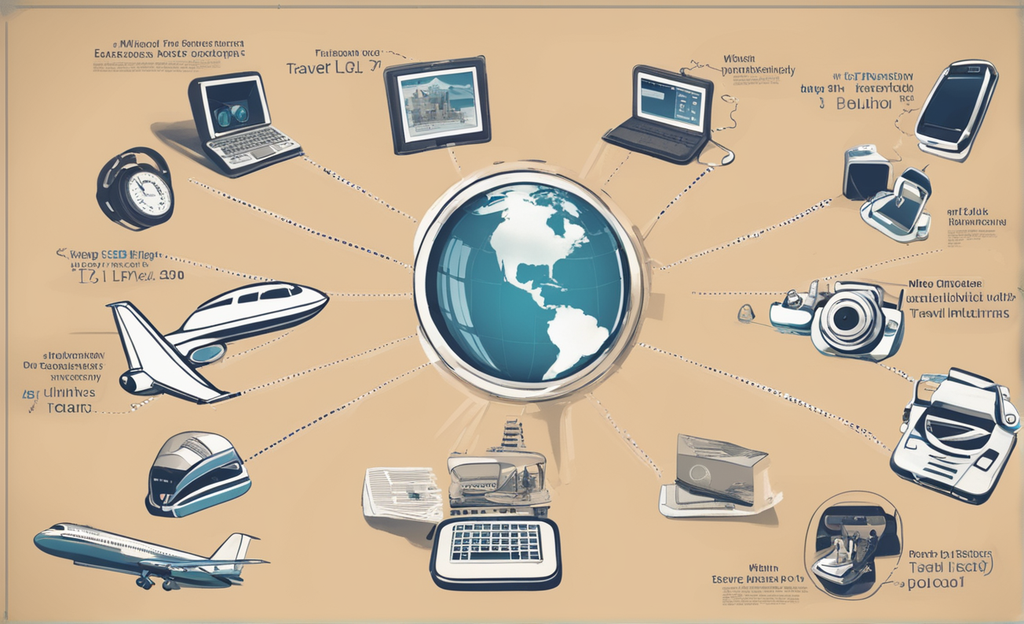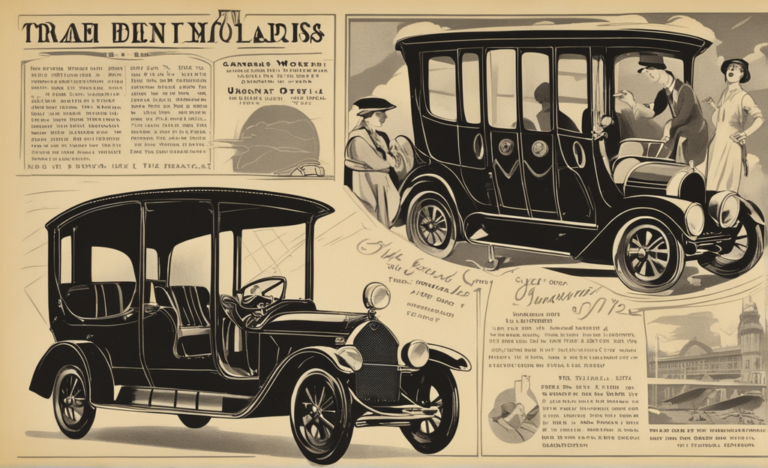The Evolution of Travel Technology: From Maps to Apps
Travel technology has evolved rapidly in recent years, from simple paper maps to sophisticated mobile apps. This evolution has made travel easier, more convenient, and more affordable for everyone.
The Early Days of Travel Technology
The earliest forms of travel technology were simple maps and charts. These maps were used by travelers to navigate their way from one place to another.
In the 18th century, compasses became small enough to carry. This made it easier for travelers to navigate, especially at sea.
In the 19th century, the first railroads were built. This made it possible for people to travel long distances quickly and easily.
The Rise of Modern Travel Technology
In the 20th century, travel technology began to evolve rapidly. The invention of the automobile and the airplane made it possible for people to travel further and faster than ever before.
In the 1950s, the first credit cards were issued. This made it easier for travelers to book flights and hotels.
In the 1970s, the first ATMs were installed. This made it easier for travelers to access cash while they were traveling.
In the 1980s, the first GPS devices were developed. This made it easier for travelers to navigate, especially in unfamiliar places.
The Digital Revolution
The digital revolution has had a profound impact on travel technology. In the 1990s, the first online travel agencies were launched. This made it easier for travelers to book flights and hotels online.
In the 2000s, the first mobile travel apps were developed. These apps made it possible for travelers to access travel information and services on their smartphones.
Today’s Travel Technology
Today’s travel technology is more sophisticated than ever before. Mobile travel apps can now do everything from booking flights and hotels to translating languages and finding restaurants.
Some of the most popular travel technology apps include:
- Google Maps: Google Maps is a free navigation app that can be used on smartphones and tablets. It provides users with turn-by-turn directions, as well as information on traffic conditions and nearby businesses.
- TripAdvisor: TripAdvisor is a website and app that allows users to read and write reviews of hotels, restaurants, and attractions. It is a great resource for travelers who are looking for recommendations.
- Booking.com: Booking.com is a website and app that allows users to book hotels and other accommodations online. It offers a wide selection of hotels at competitive prices.
- Airbnb: Airbnb is a website and app that allows users to book short-term rentals from private hosts. It is a great option for travelers who are looking for a unique and affordable place to stay.
The Future of Travel Technology
Travel technology is constantly evolving. In the future, we can expect to see even more innovative travel technology products and services.
For example, self-driving cars are expected to revolutionize the way we travel. These cars will be able to take us to our destinations without any human input.
Virtual reality (VR) and augmented reality (AR) are also expected to play a role in the future of travel technology. VR can be used to transport travelers to different destinations, while AR can be used to provide information about destinations while travelers are actually there.
Conclusion
Travel technology has evolved rapidly in recent years. This evolution has made travel easier, more convenient, and more affordable for everyone.
The future of travel technology is bright. We can expect to see even more innovative travel technology products and services in the years to come.


